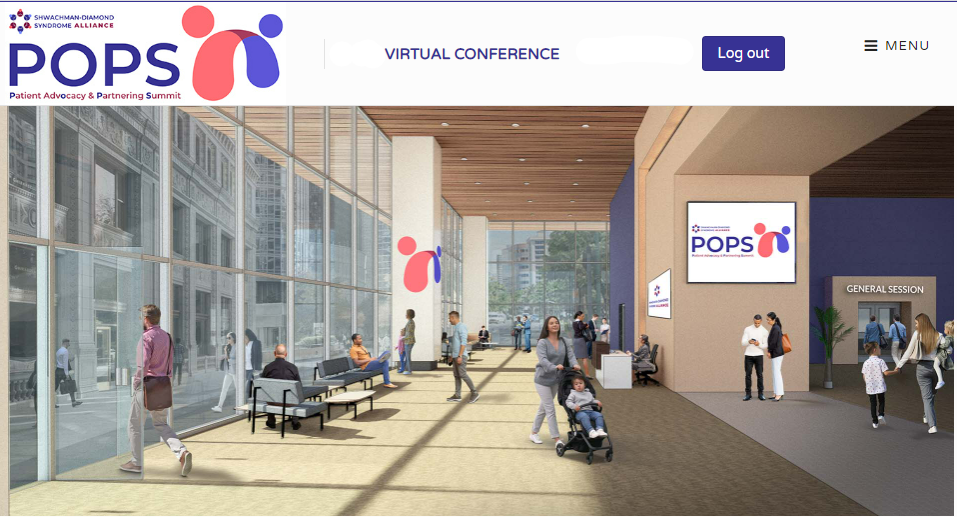In this issue: Understanding genetic variants and what these DNA changes mean!
Welcome to our timely updates on all things SDS, Science, and Advocacy. We bring you a digest of recent scientific publications, conferences, and other newsworthy content - all relevant to SDS - with links to more details and learning opportunities. Are you interested in anything specific? Did we miss something? Let us know. Email genetics@SDSAlliance.org or message us on Facebook! This is all for you!

How To Interpret Genetic Variants and Their Role in Health
In this week’s SDS & Science Snapshot, we are highlight some of the important work of GenomeConnect. GenomeConnect is part of the Clinical Genome Resource (ClinGen), an NIH funded research project. GenomeConnect is a registry that helps you share your genetic and health information. Sharing this information will help increase our understanding of how genes affect health. A team member from GenomeConnect will be presenting at the upcoming SDS Alliance Global Patient Advocacy and Partnering Summit (POPS) hosted virtually on Sunday, October 20 at 1 PM EDT. Register and see the details on the SDS-POPS event page, here!
In GenomeConnect’s recent newsletter, they published an infographic summarizing the process of detecting a genetic change (or “variant”) with genetic testing and then determining if the detected variant(s) impact health and disease-risk through a process known as “variant classification.” We have discussed the role of inherited (or germline) genetic variants in previous SDS & Science Snapshots. The infographic and discussion below provides additional information about the variant classification process.
During the variant interpretation process, experts ask important questions like:
Have scientists studied this variant in a lab to see what it does?
Was the variant inherited from a parent?
Are there similar variants that have been studied before?
Is this variant common in the general population?
Has it been found in anyone who shows symptoms?
And finally, what does the variant do to the protein it affects?
Everyone has variants in their genome – some impact health, while others do not. These genetic variants are part of the differences that make us all unique and there are different levels of classification for variants detected with genetic testing:
Benign and likely benign (B/LB) variants are not (or are likely not) related to disease and are not expected to cause health problems. Some genetic testing laboratories report B/LB variants, while others do not since they are genetic changes that are not anticipated to impact your health.
A genetic change classified as a variant of uncertain significance (VUS) is more of gray area — experts aren’t sure yet if it’s related to disease or not.
Pathogenic and likely pathogenic (P/LP) variants are definitively (or likely) related to disease and health. Genetic testing results are often considered “positive” if one or more P/LP variants are detected.
Over time, as scientists do more research and more people undergo genetic testing, variants, especially VUSs, may be reclassified if new information becomes available. If you have had genetic testing, GenomeConnect encourages you to periodically check-in with the healthcare provider who ordered your genetic testing (or the genetic testing laboratory directly) to see if there have been any updates to the classification of a variant (or variants) previously detected that may impact your care. Plus, when you participate in the SDS-GPS program, you can opt-in to receive updates if we learn about changes to classifications.
Watch the YouTube video below published by GenomeConnect to learn more about the variant classification process and explore GenomeConnect’s YouTube playlist for more videos about genetics, genetic testing, how to read a genetic report, and more!
For more information regarding the genetics of SDS specifically, you can watch this video published by SDS Alliance.
Do you enjoy the SDS & Science Snapshots? You can Sign up by using the button on the top right of this post:




Comments